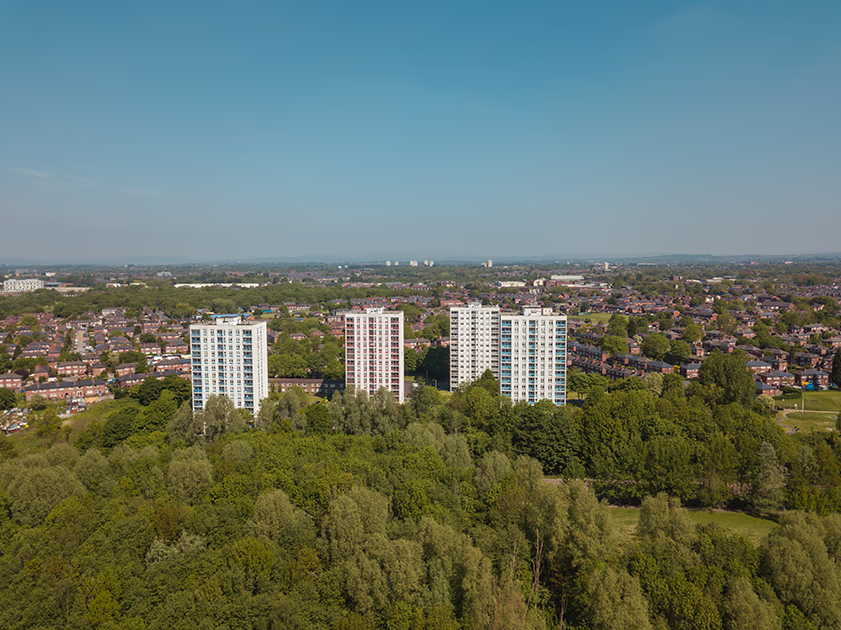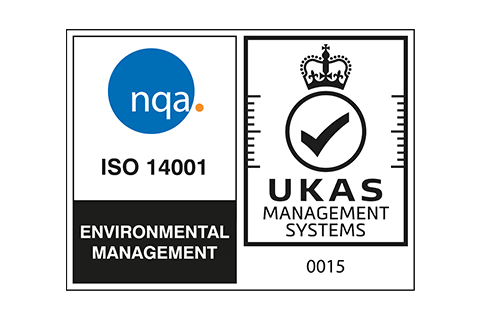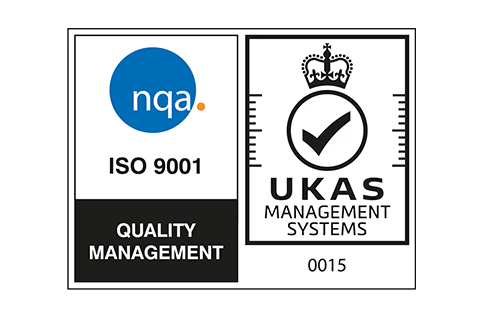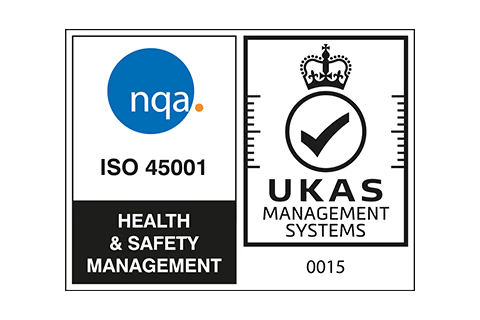
High-Risk Building Safety Case
We help you to prepare Building Safety Case Reports for HRB's


Complying with the Building Safety Act
If you are a person responsible for a high risk building (HRB) you will soon have a duty to apply for a building assessment certificate for your buildings when directed to do so by the Building Safety Regulator (BSR).
You will be asked to submit your safety case report within 28 days of it being requested so you should start preparing now to build your Building Safety Case. You will need to implement your Residents Engagement Strategy and Mandatory Occurrence Reporting Strategy in order to to obtain your Building Assessment Certificate.

The aim of the Building Safety Case Report
Essentially, the safety case demonstrates that the building is safe and that the accountable person is managing risks effectively.
It aims to:

Key Requirements of a Building Safety Case Report

Building Safety Act Consultants
We work with you to complete and submit your safety case report (SCR). We will guide you through the requirements at each stage of the SCR and help you to gather the evidence you need to comply.
First, we run through the process with you and provide an overview of the documents you will require.
Then, we will set up a system for gathering data, allocate evidence providers and carry out training. We breakdown the report into manageable sections and provide a schedule to help complete the report.
Finally, we develop the safety case report. Once all three stages are complete the SCR is handed over for ongoing maintenance.

Our sectors
We help organisations in the following sectors with their building safety reports :

Safety Case Reports FAQ's
The Safety Case Report identifies any building safety risks and provides assurance on how these risks are being managed. Building Safety risks are the risk of fire spread and/or Structural failure in a High-Rise Residential Building (HRRB).
A building safety case is required by law under the Building Safety Act 2022 for buildings over 18m in height or seven floors. The Safety Case Report (SCR) should include measures you have in place and measure that are in development.
The Safety Case Report is a key document that will be submitted to the Building Safety Regulator (BSR) when you are invited to apply for your Building Assessment Certificate (BAC). When you are invited to apply for your BAC you will have 28 calendar days to respond to the BSR. The BSR will review your SCR to ensure it meets the required standard. They will check the main structural and fire risks have been considered and mitigated as low as reasonably practicable (ALARP). You will also need a Resident Engagement Strategy and details of your Mandatory Occurrence procedure submitted at the time of application.
The BSR will take some time to review your application and may come backto you with a request for further information (RFI). If you receive this, youwill have 7 Calander days to respond and provide the additional information tothe BSR.
Principal accountable persons (PAP) will have a duty to apply for a building assessment certificate for their buildings when directed to by the Building Safety Regulator (BSR) by submitting their safety case report within 28 days of being requested. The Principal Accountable Person (PAP) for any HRB should already be building their Building Safety Case and preparing and starting to implement their Residents Engagement Strategy and Mandatory Occurrence Reporting Strategy to obtain a Building Assessment Certificate.

What are the penalties of non-compliance as outlined by The Building Safety Regulator?
As part of the Health and Safety Executive (HSE) the Building Safety Regulator's (BSR) Enforcement Policy Statement outlines their approach to enforcement when non-compliance, hazards, or serious risks are identified.
The BSR’s enforcement actions are targeted towards those who are responsible for and best placed to control risks and ensure compliance, including clients, designers, contractors, landlords and Accountable Persons.
This policy is applicable in England and is part of the Health and Safety Executive's regulatory functions. The BSR emphasises that their enforcement methods are proportionate to the risks or extent of non-compliance and to the seriousness of any breach of the law, and that all regulators must adhere to this policy when enforcing the law.
Talk to our experts today
Book a meeting with our experts to discuss your needs










































